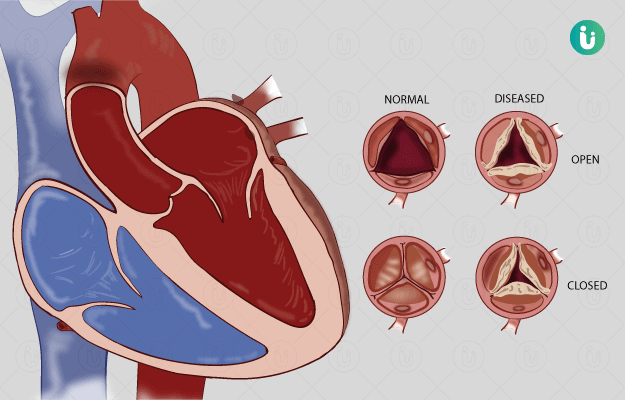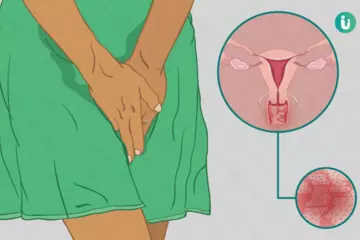What is valvular heart disease?
The human heart has four valves- mitral, tricuspid, aortic, and pulmonary. These valves help blood to circulate in and out of the heart in a controlled way, thereby preventing back flow into the heart. This functioning of the heart is disturbed in valvular heart diseases. The various types of valvular heart disease include:
- Regurgitation: Leaking of blood in wrong direction (backward flow)
- Mitral valve prolapse: When the flap of the mitral valve doesn’t close tightly and is floppy
- Stenosis: Narrowing of the valve causing blockage of blood flow
Click on the link to know in detail about heart disease treatment.
(Read More - Heart Bypass Surgery)
What are its main signs and symptoms?
During the early stages of valvular heart disease, no symptoms may be noticeable. Some people may feel exhausted while performing physical activities, so, they may refrain to avoid the feeling of breathlessness or tiredness. Some of the signs and symptoms commonly seen in this condition include:
- Feeling of extreme exhaustion, fatigue or weakness
- Activity or sometimes even lying down may cause shortness of breath
- Swollen ankles, feet or belly
- Palpitations
- An unusual heartbeat or a heart murmur
- In individuals mainly with aortic or mitral valve stenosis, dizziness or fainting is seen
(Read More - Pacemaker Surgery)
What are the main causes?
The main causes leading to valvular heart diseases include:
- Infections
- Heart attacks
- Heart disease or damage
- Birth defects
(Read More - Heart transplant)
How is it diagnosed and treated?
Valvular heart disease causes a heart murmur, which is the most common sign of this disease and might be felt by your physician during an examination with a stethoscope. In cases where murmurs are absent, the following tests might be suggested by the physician if suspicious of valvular heart disease to check the functioning of the heart and its structure:
Treatment depends on the severity of the condition, and some minor cases might not even require any treatment. The condition is treated with the aim of relieving the symptoms and repairing the valves. The various treatment options available include lifestyle, medications, and procedures to repair the valve.
Lifestyle changes include:
- Adopt a healthy diet
- Quit smoking
- Refrain from competitive athletic activity
- Avoid overexertion
- Medications include drugs for the following functions:
- Treat blood pressure and manage heart rate using beta blockers, vasodilators, ACE inhibitors
- Prevent blood clotting using blood thinners
- Help remove excess fluid from the body by use of diuretics
- Manage heart’s rhythm using anti-arrhythmic drugs
- Procedures to treat the damaged or diseased valve:
- Valve repair is also called valve replacement, which might be advised in some individuals depending on the severity of disease, age of the individual, and other comorbidities.
(Read More - Exercises after bypass surgery)
















